How To Choose Garden Plants for Beginners
When you’re just starting out gardening, the sheer number of plants available can be overwhelming. Knowing which plants will give you an easier start with gardening can be helpful and will likely prevent some frustration and discouragement. Today we’ll discuss how to choose garden plants for beginners.
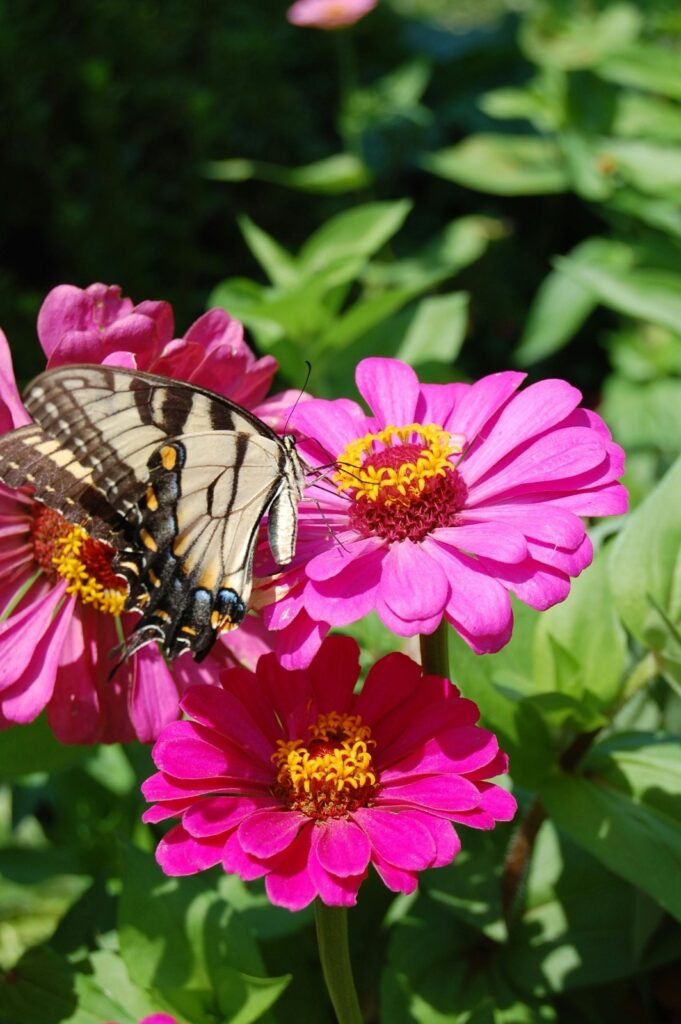
Criteria for Plants for Beginners
A good tactic when choosing plants as a new gardener is to look for plants with certain criteria to increase your chances of growing healthy plants. Factors like the level of maintenance required, availability, and susceptibility to pests can all play a role in how well your plants grow. Today we’re going to talk about a few things to keep in mind when looking at different plants as a beginner gardener. Then we’ll take a look at some good options for various types of gardens, whether you’re hoping to plant a thriving vegetable garden, a colorful bed of cut flowers, or a simple herb garden outside your kitchen door.
Qualities of Good Plants for Beginners
Easy to Find Plants
When selecting plants for your garden, try to choose ones that are easy to source. You may see some unique varieties of plants in gardening magazines or online. But if you have to special order them or drive all over town to find them, it can be a deterrent to get started. Pay attention to the plants you tend to see available at several garden centers or in seed catalogues. It’s probably because they easy to grow and work for many different planting scenarios. It’s ok to start with the commonly available plants!
Low Pest and Disease Plants
It’s helpful to choose varieties of plants, especially edibles, that are known for being more resistant to common pests and disease. All plants struggle at different points, but some varieties do require more diligent care than others. When starting out as a beginner gardener, help yourself out by picking varieties of plants that aren’t overly suspectable to issues.
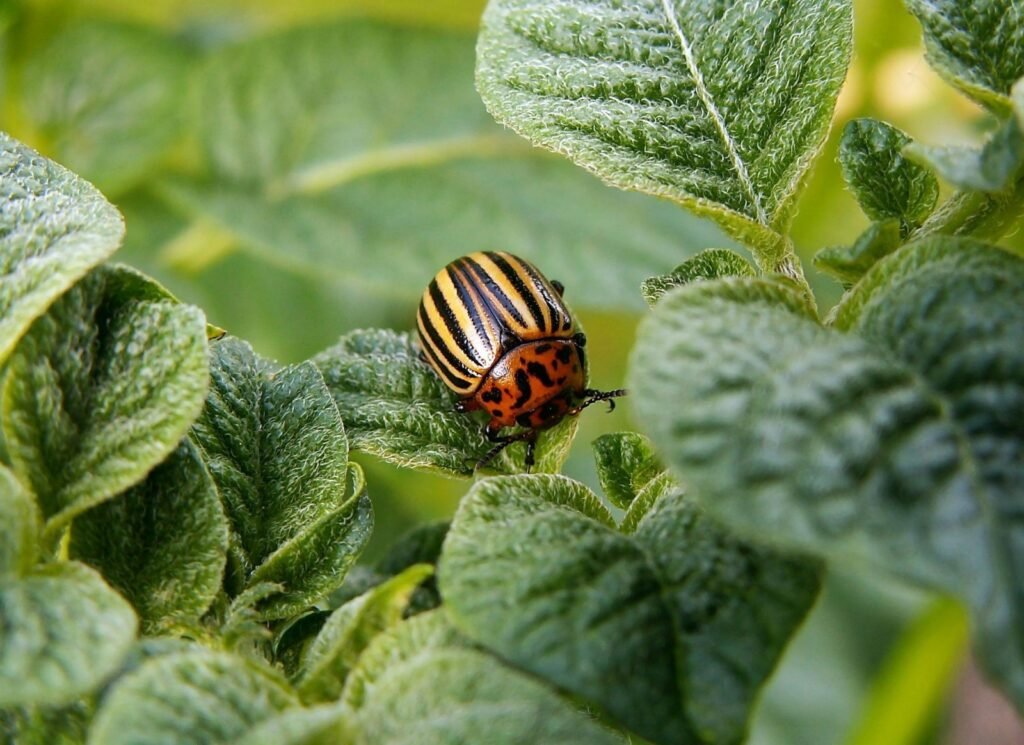
Tolerant of Sun or Part Shade
Some plants really do require full sun or full shade in order to thrive. Many of the traditionally grown vegetables require a minimum of 6 hours of sun and there’s just no way around it. However, if your growing area is not full sun, be sure to choose some plants that can tolerant a range of light conditions. Some flowers, edibles and shrubs can still thrive in part sun conditions and will give you a good crop or show of blooms. However, if you plant tomatoes in full shade, you’ll be sorely disappointed with the lack of harvest. When choosing plants for beginners, pick plants for the light conditions you have.
Plants That Look Good in Multiple Seasons
If you’re planting a garden to enhance the beauty of your property, it’s helpful to pick some plants that look good throughout the growing season. Some perennials are stunning for a short season but then only offer green foliage the rest of the year. It’s helpful to have a handful of proven plants that have a long season blooms, interesting foliage or other features. This ensures that the foundation of your garden has something to offer year-round.
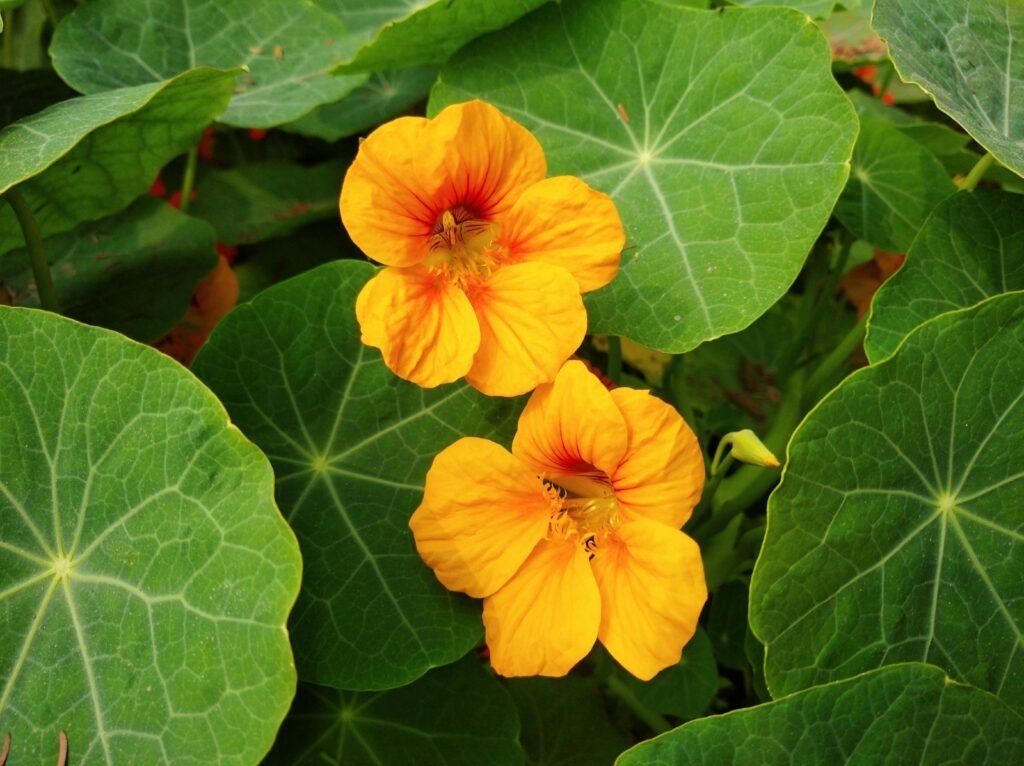
Easy to Harvest and Use Plants for Beginners
If you’re interested in growing plants you can eat, it’s helpful to grow stuff you actually like that is simple to harvest and use. Everyone may rave about how easy it is to grow spinach in the spring. However, if you hate this leafy green then don’t grow it! If a particular plant requires a lot of work to pick it off the vine and prep it for a meal or long-term storage, consider whether that will deter you from realistically using it. Forty tomato plants may sound like a good idea. However, if you’ve never canned before and don’t love spaghetti sauce, starting with a smaller number may be more realistic. Remeber, avoiding overwhelm is good thing anytime, but especially when you’re choosing plants for beginners.
Crops that allow you to harvest and eat them raw are a great place to start, such as greens, snap peas, cherry tomatoes, and carrots. An herb garden is also a low commitment and easy option, especially for small areas. Herbs can be used in daily cooking or dried for later use in seasoning food or even herbal teas. For flowers, zinnias are a great option as a cut flower because they last a long time in a vase and rebloom throughout the summer. Now let’s get into some specific plants that work well for beginner gardeners.
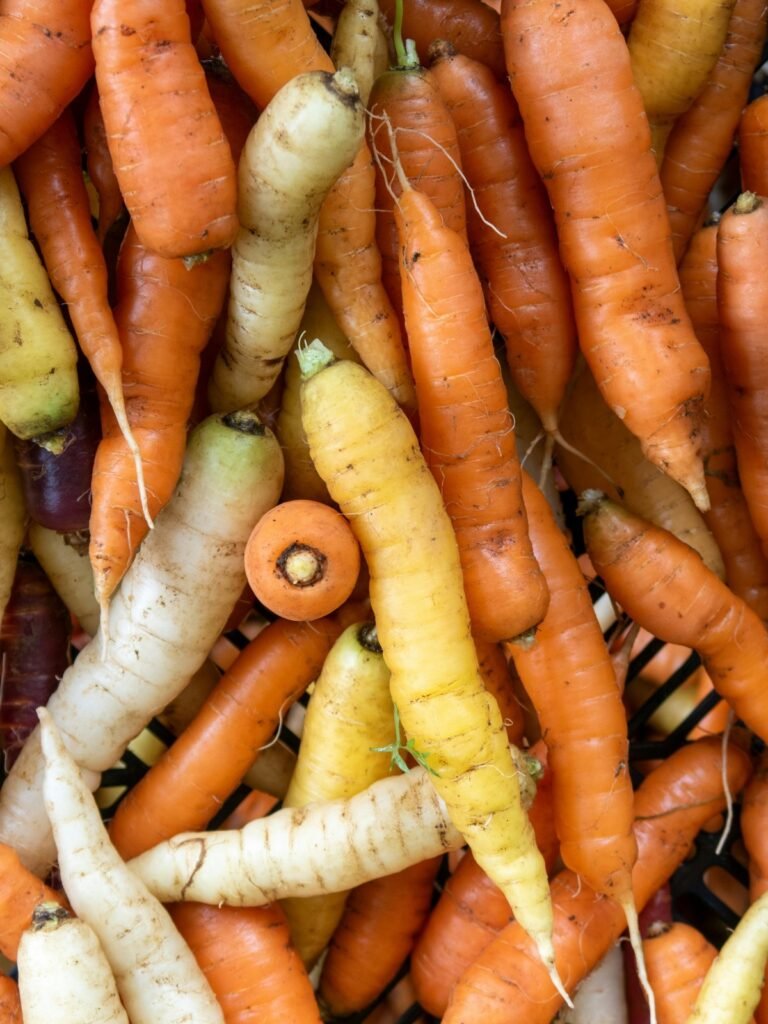
5 Easy Vegetables and Herb Plants for Beginners
Tomatoes
Growing Requirements: 6+ hours of full sun. Some varieties (indeterminate) require staking or trellising. They will do best if they’re kept off the ground; this will help minimize pest and disease pressure. Cherry and slicing tomatoes work great for snacking and fresh eating while paste tomatoes are best for canning.
Spacing: 18-24″ between plants, height varies.
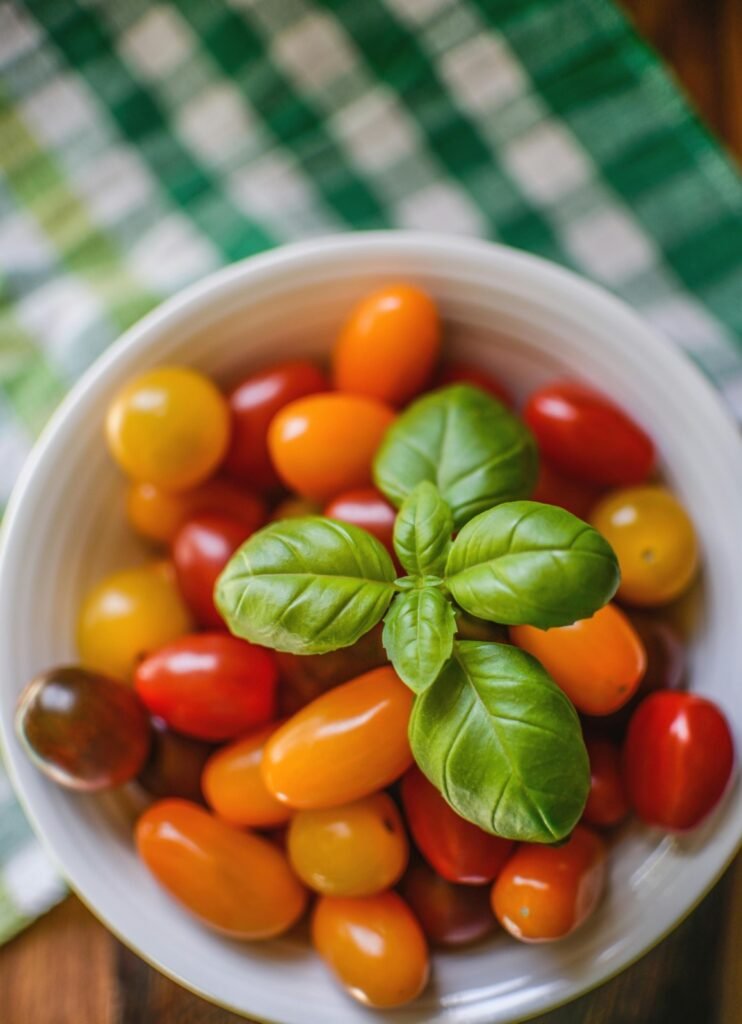
Green Beans
Growing Requirements: Full sun for best yield but they will tolerate some light shade. Bush beans will give a harvest all at once but stay more compact. Pole beans will give a higher yield over a longer period of time. Pole beans require staking or trellising.
Spacing: For bush beans, space seeds 4” apart in rows 8-12″ apart. For pole beans in a row, space seeds about 3” apart in rows 8-12″ apart. For a teepee, plant 4 seeds around the base of each teepee leg.
Lettuce
Growing Requirements: Full sun in spring is best and partial sun (or morning sun) is ideal in the heat of summer. There are many varieties of lettuce. Leaf lettuce is harvested by cutting portions of the leaves and leaving the roots to regrow more leaves for future harvests (e.g. mesculin mix). Head lettuce grows as one compact head and is harvested whole when it’s mature (e.g. Romaine lettuce).
Spacing: Every variety is slightly different. Generally, you’ll want to space seeds 1-2″ apart in rows 8-10″ apart. Plant starts can be spaced every 8-10″.
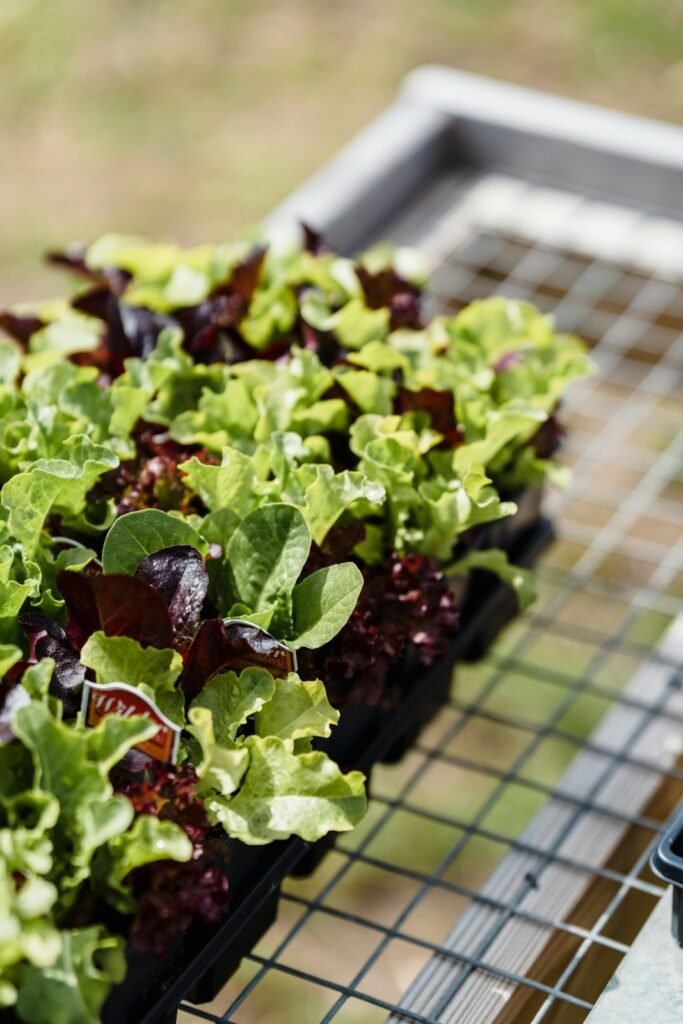
Basil
Growing Requirements: Basil does best in 6+ hours of sun per day. Harvesting it regularly prevents it from going to seed and will allow for it to produce leaves much of the growing season. Cutting off bunches of leaves to the next growth node (the “v” where another stem branches off) will produce more blooms over time.
Spacing: You’ll likely find this as a plant start at a garden center. Space transplants out every 12-18”.
Parsley
Growing Requirements: Parsley can grow in full sun to part shade. Harvesting individual stems will allow the plant to provide a harvest most of the growing season. Parsley can also withstand a light frost.
Spacing: Space transplants every 10-12″.
5 Easy Annual Plants for Beginners
Marigolds
Growing Requirements: Marigolds do best in full sun but will tolerate some light shade. Pinching off dead blooms will encourage new blooms.
Spacing: Space transplants 6-12″ apart depending on variety.
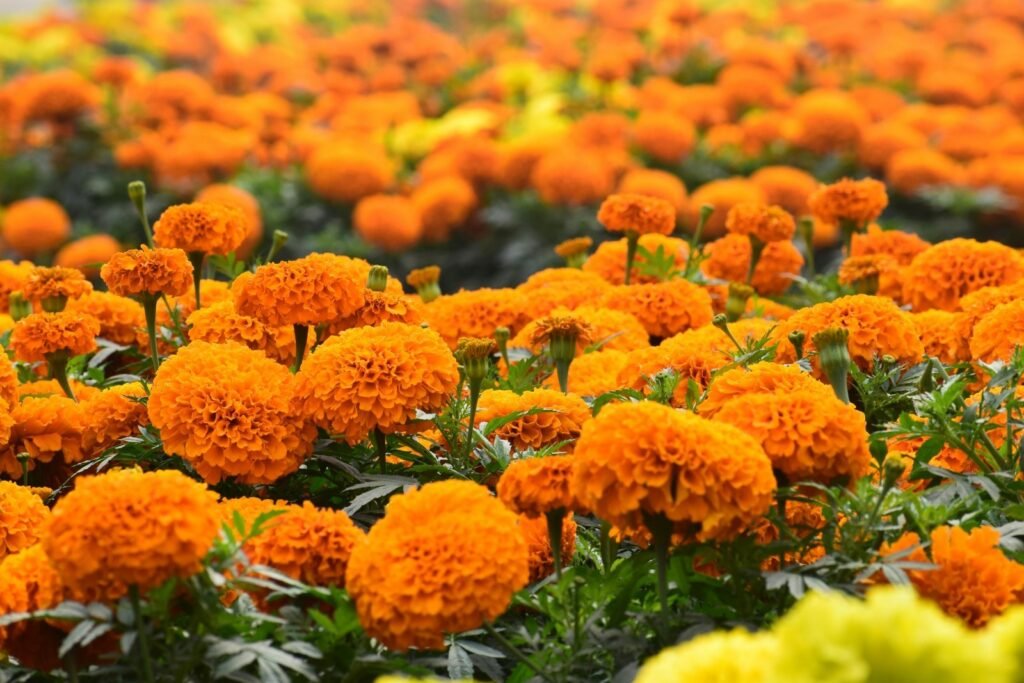
Zinnias
Growing Requirements: Zinnias do best in full sun. Cutting off stems of mature flowers to the next growth node (the “v” where another stem branches off) will produce more blooms over time.
Spacing: Sow seeds directly in soil every 4-6″.
Nasturtiums
Growing Requirements: Nasturtiums do great planted along a walkway or on the edge of a raised bed, as they tend to cascade or spread out the more they grow. The flowers are long lasting, edible (they look beautiful in a salad!) and do best in full sun. They can tolerate some light shade but will not flower as prolifically.
Spacing: Plant nasturtium seeds every 3” or transplants every 8-12″ depending on the variety.
Verbena Bonariensis
Growing Requirements: This Verbena truly is a magical addition to any garden and makes a lovely cut flower. It’s 6’ tall, thin stalks of purple flowers last a long time in a bouquet and add a nice background of taller foliage and flowers in the rear of a garden bed.
Spacing: Transplants of this annual can be spaced every 18-24″ as it will really fill out over the season.
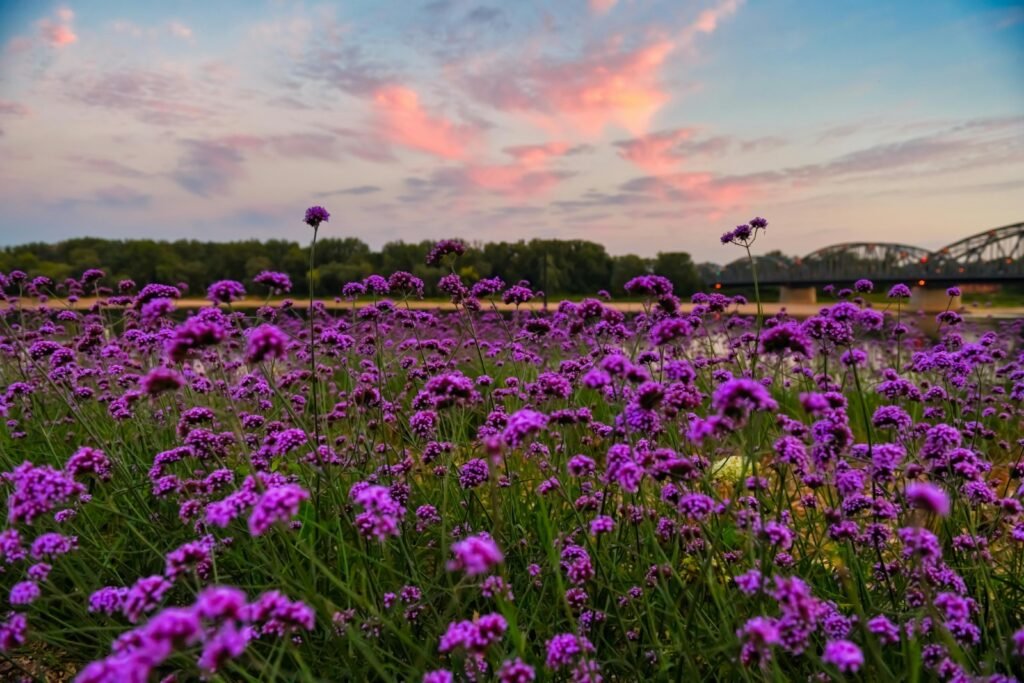
Sunflowers
Growing Requirements: Sunflowers come in a wide array of sizes and colors. They all do best in full sun and the seeds can easily be sown directly into the soil.
Spacing: Most sunflower seeds can be spaced 6-12″ depending on the variety.
Where to Find Plants for Beginners
Many of the plants listed above will be fairly easy to find at garden centers, nurseries and even home improvement stores. You can also order seeds online which will give you a great variety. The key to finding these plants is to source them early in the growing season before they sell out. These plants are popular to grow for a reason, so they tend to go quickly. Go pick a few plants to try to this year and get planting!






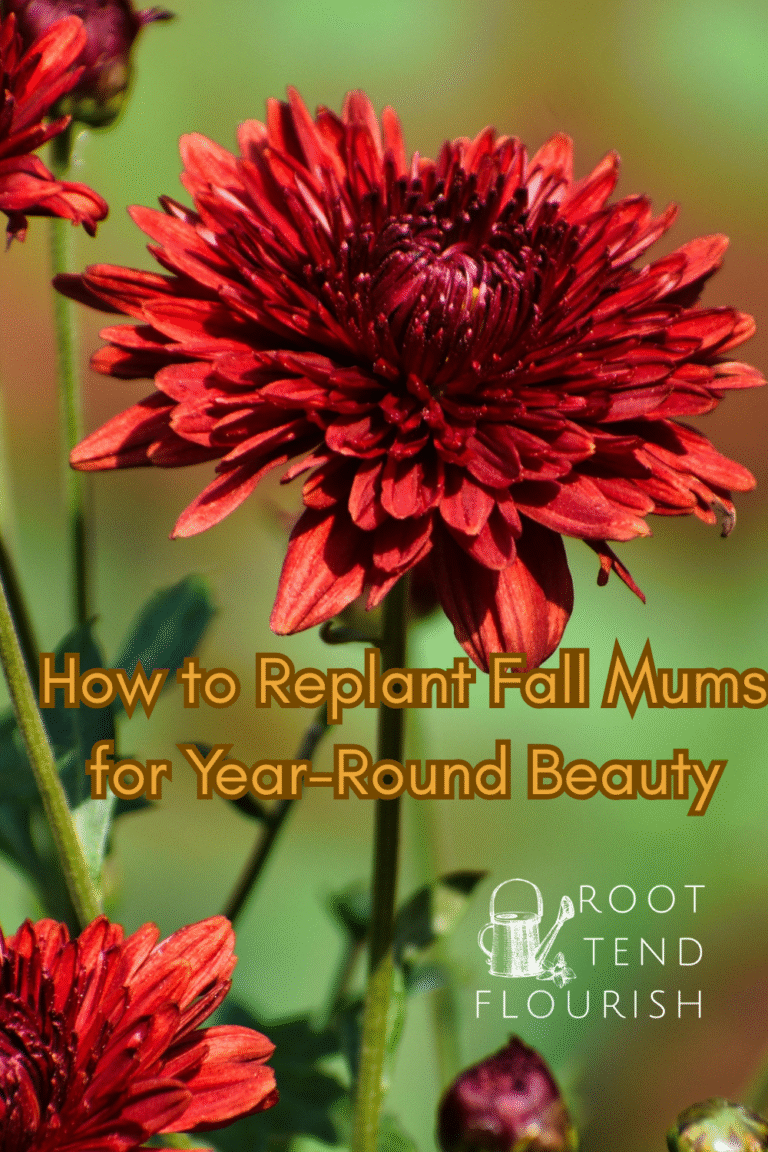
One Comment